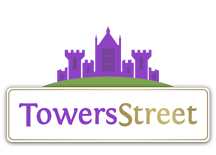TomLad
TS Member
- Favourite Ride
- Nemesis/Dragon Khan
I guess with lapbars the point that your body is moving from is much lower down, meaning more of you would get thrown forwards. With an OTSR only your head can really move a significant distance.I didn't mean literally. Just the internal injuries at the point where you would be thrown into the bar would be much greater. I'm not an expert in injuries, but I'd also assume that there would be a higher chance of back injuries than OTSRs. And even if no more serious injuries (amputations, fatalities, etc) occured, I'm sure that there would be far more minor injures, only making it harder for victims.

